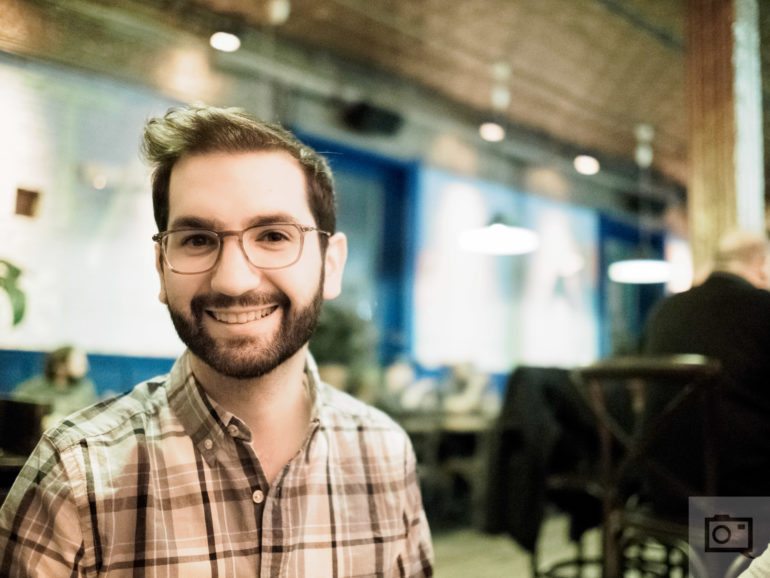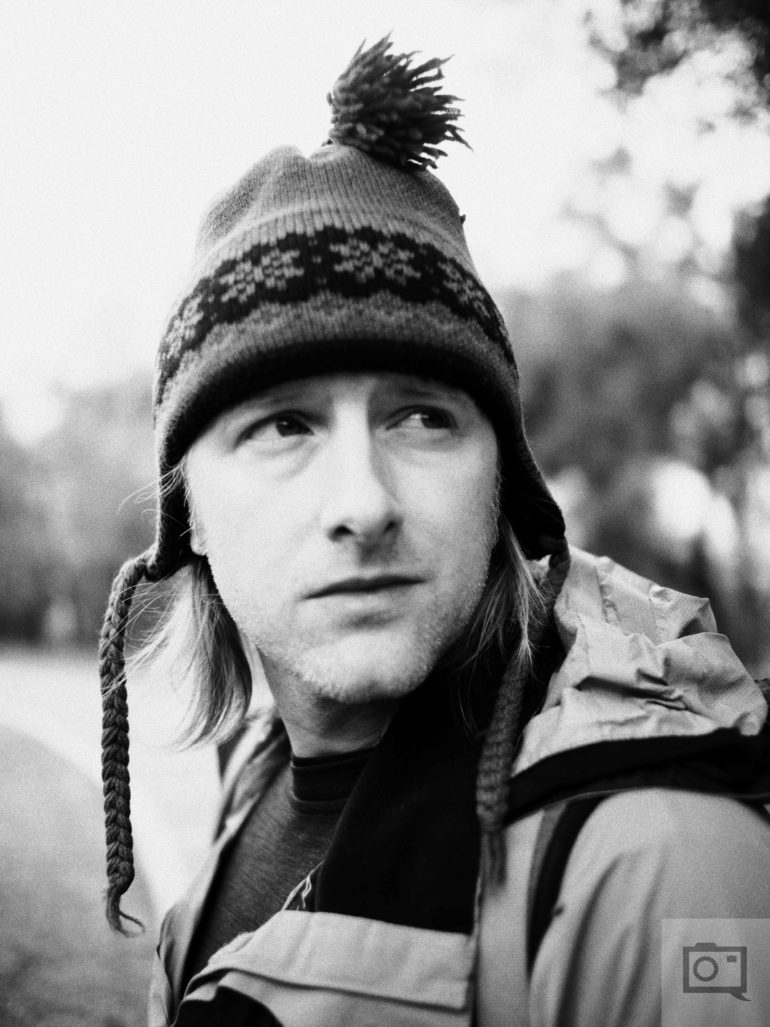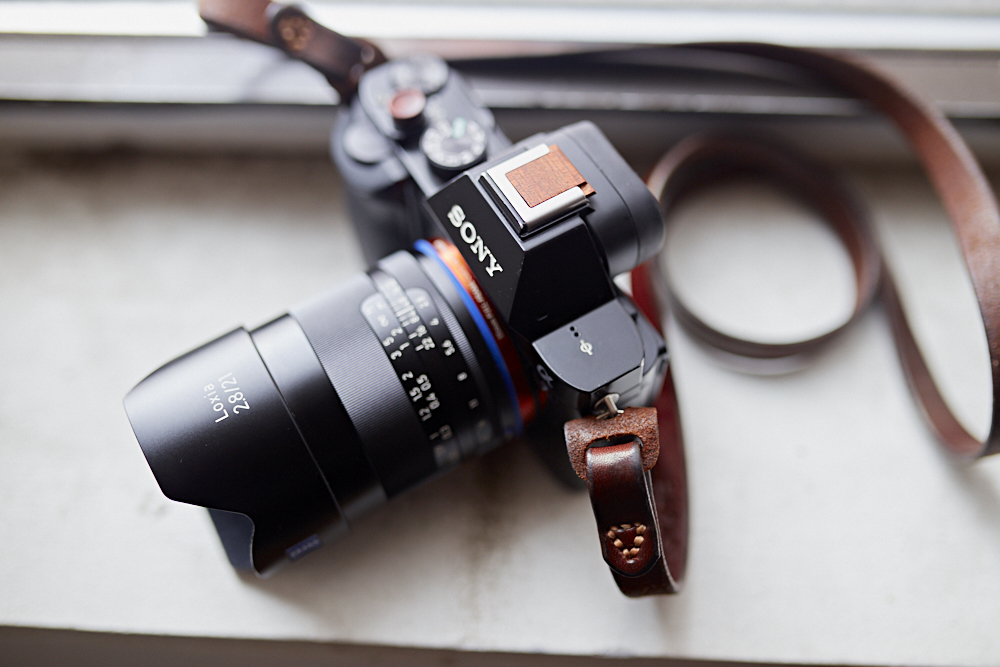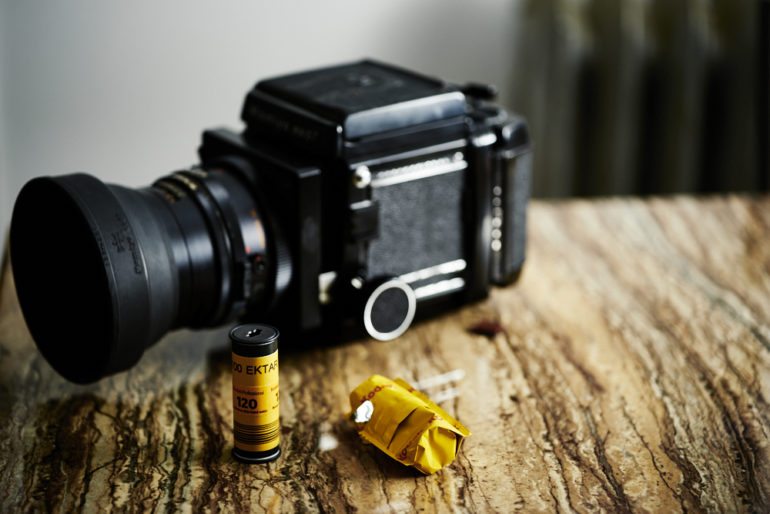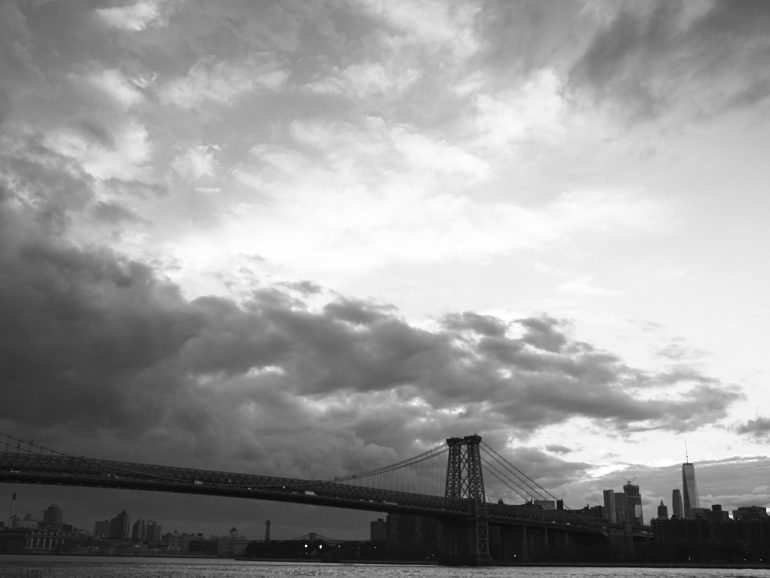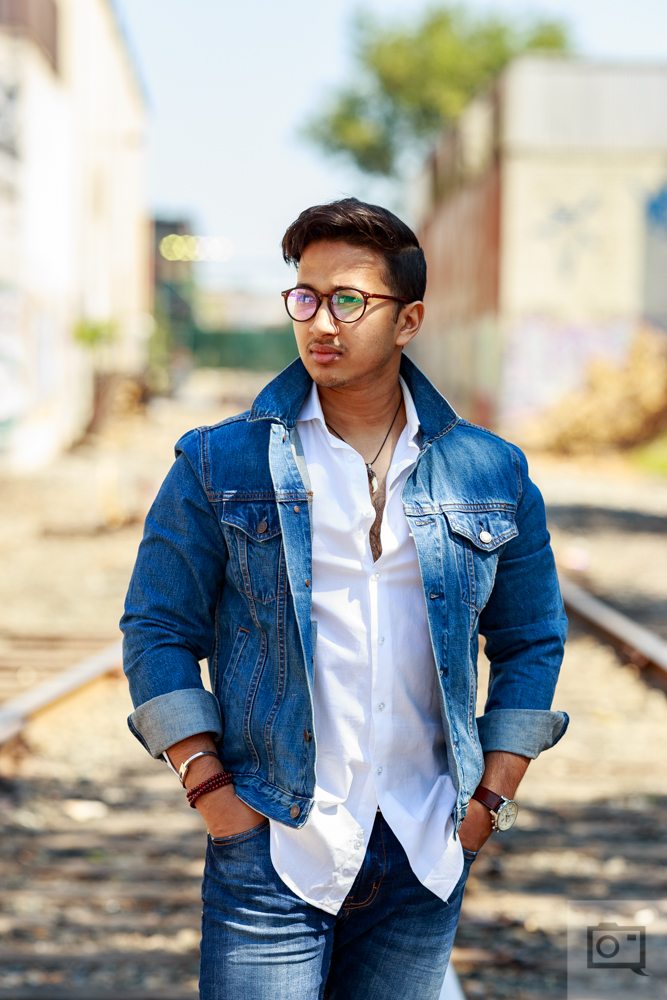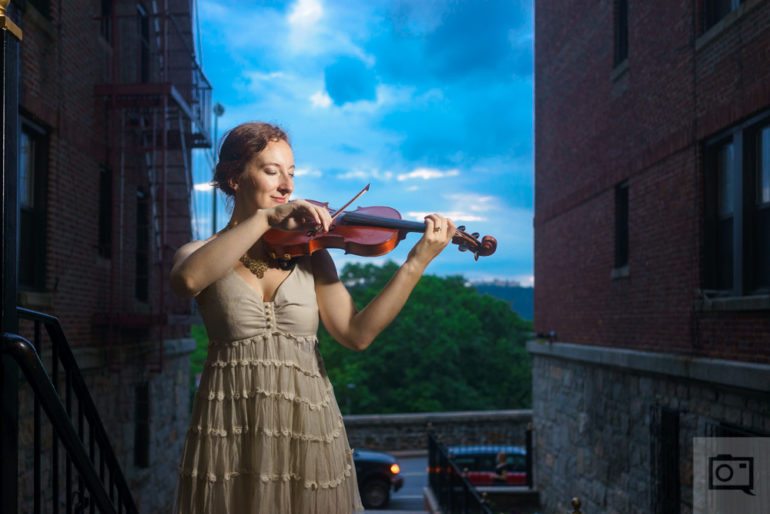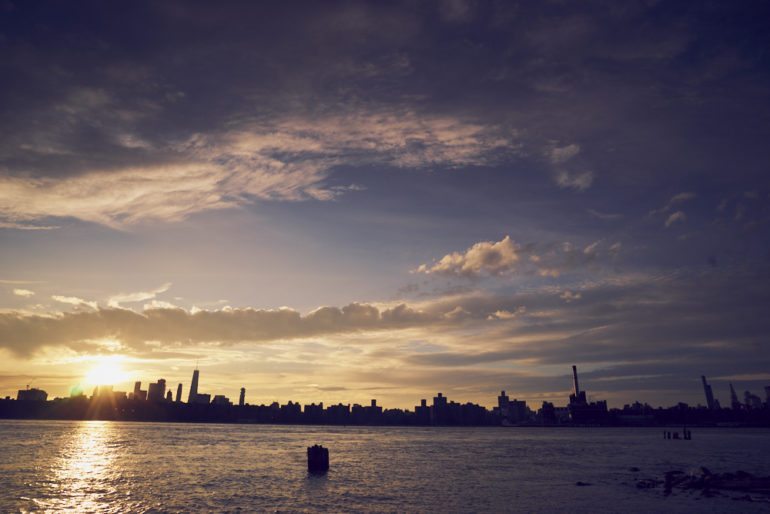Last Updated on 03/08/2017 by Chris Gampat
I want to get something very clear before I begin this article: there is absolutely nothing wrong with post processing and photographers should always shoot with RAW modes if possible. But at the same time, there is something absolutely very liberating about not needing to spend more time on your computer or any device working to get the images you ultimately want in the end. Some photographers are better at processing while others are better at shooting. I’ve personally spent a lot of time working in Capture One and felt it to be therapeutic–but I also acknowledge that too much time staring at a computer screen can be bad for your eyes.
So instead, shooting an image perfectly in-camera is always an option.
The Film Shooter’s Mentality
Digital photography has a special mentality that goes with it that is something along the lines of always having a second chance no matter what. Unfortunately, lots of photographers don’t end up making the most of it and don’t internalize what they learn. So in order to spend less time in post-production you first need to start by shooting less photos overall.
Just today, I told myself I was going to shoot product images for a review and kept a close count on how many photos I shot. I didn’t want to go over 24 or 36–which are standard film roll sizes. I went to around 17 instead which can be approximately achieved using the 645 format in medium format shooting. The reason why I did this is because I wanted to spend less time shooting and editing overall. My edit session was maybe two minutes long while shooting was less than 10 minutes.
However, I would never have become this good without shooting film and learning what I was doing wrong. I have also done this with digital when looking at a photo and realizing that something really wasn’t working. Constantly adjusting and knowing what you want/understanding your creative vision is what really helps here.
When you look at a scene, visualize what you want. And train your brain to know how to get what you want immediately by looking at the scene.
Shoot RAW and JPEG
If you’re really happy with the way your camera (and you) has created the photo you see, then there’s probably little to no reason for you to do any post-production. So you can just go ahead and show that JPEG off to the world. No one (except for maybe some troll of a photographer) is going to sit there and wonder if you shot your photo in RAW mode. But just in case, it’s good to have the RAW file if you want to visit it later and see what you can do with the image.
In all honesty, there’s nothing wrong or shameful about simply using a JPEG photo. In fact, I’ve done it a number of times here and no one has cared. DPReview does it. CameraLabs does it. While most professional photographers need to process their photos in some way or another, there are times when you don’t need to.
An example: a really cheap and not well paid gig. If you’re taking one of those, then I encourage you to spend less time on it so you get the most on your return. What better way to do that then the hand off your JPEG files?
Use Spot Metering
Lots of people use nothing else in a camera besides the evaluative metering mode. If you’re using evaluative sometimes the camera tends to favor the highlights in the scene when you really want it to favor the shadows. The problem is the same thing that happens with computer programming: a camera will only do what you tell it to. It hasn’t been told to favor the shadows.
The best thing that you can do is use spot metering to take a reading of the shadows, then the highlights and then figure out what middle ground you want to go with.
Use Flash and Light Modifiers
One of the biggest problems at times is light. Flashes and light modifiers like reflectors, umbrellas, etc are great for this because they can add light in just the right spots where it didn’t exist before. Think about this like being a film-shooter: you’re stuck at one ISO. Now you’re going to work with it and you need to figure out how you’re going to do that. If the current lighting situation isn’t working for you, then switch to another or remember that you have the power to change it.
Use Lens Filters
Just like with flashes and light modifiers, lens filters can really help. It’s often standard for landscape photographers to use graduated ND filters despite how good modern cameras are. But these, along with polarizers and other filters can help with things like getting the exposure the way you want it, enhancing colors, etc.
Try a Camera’s Creative Modes
